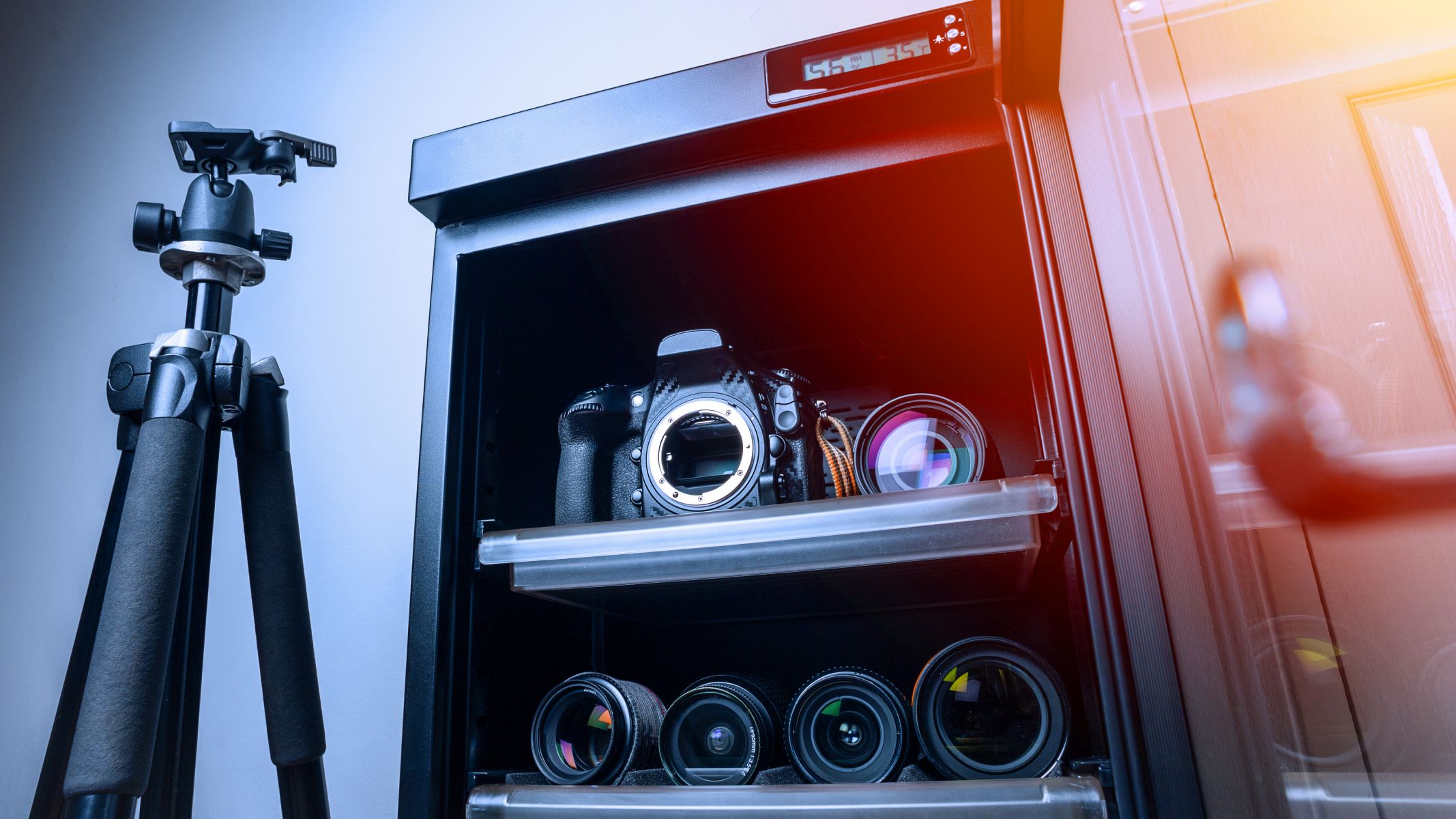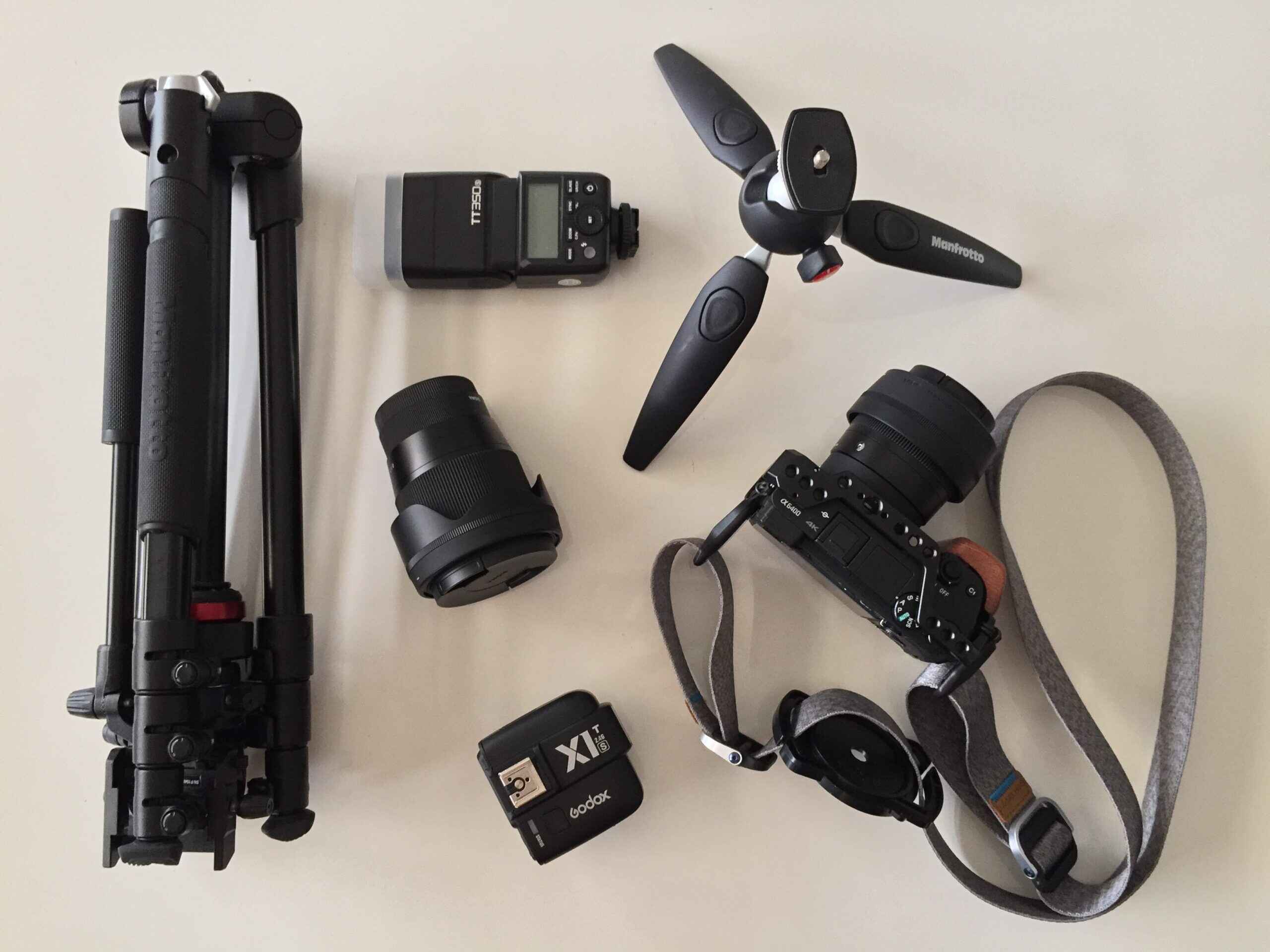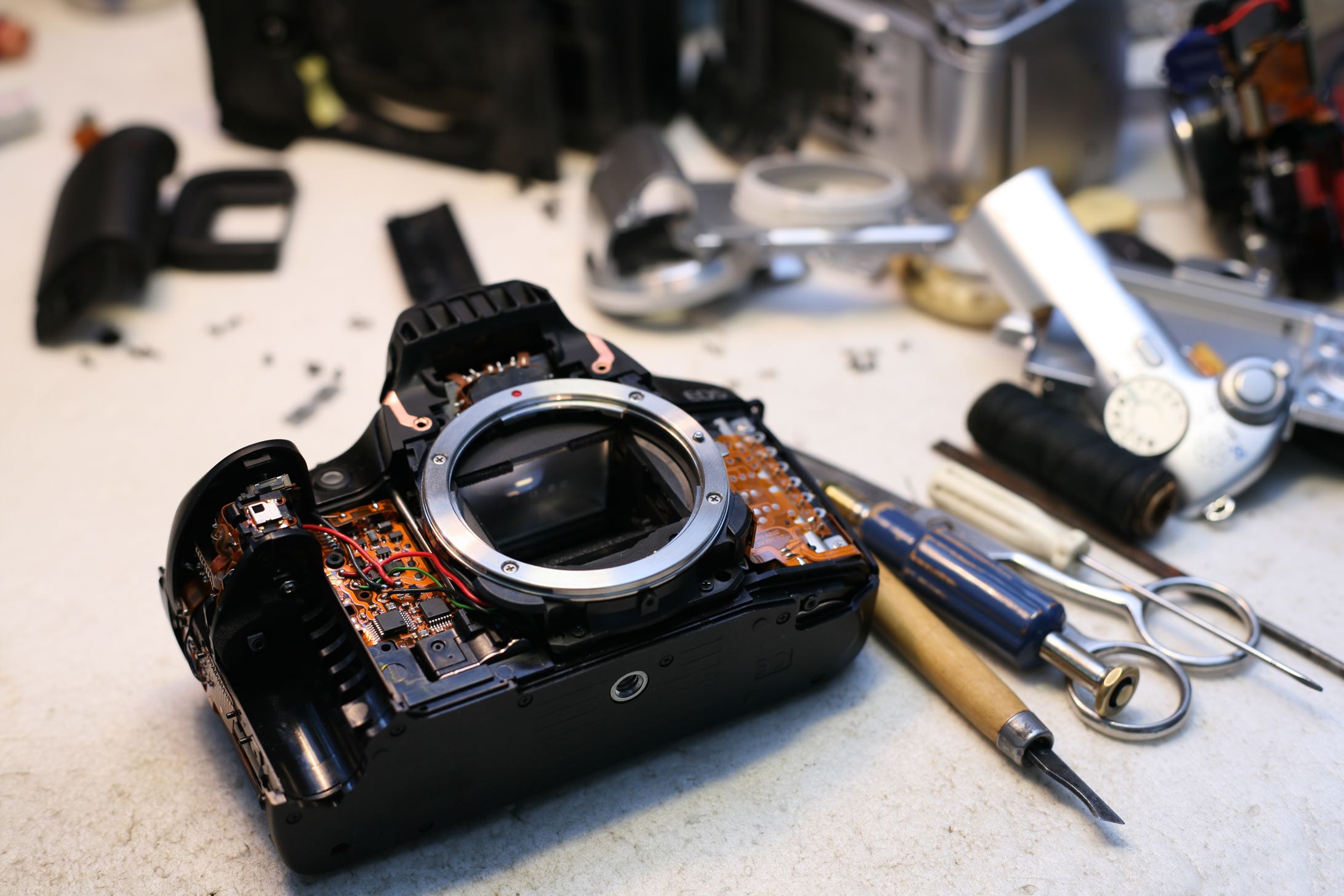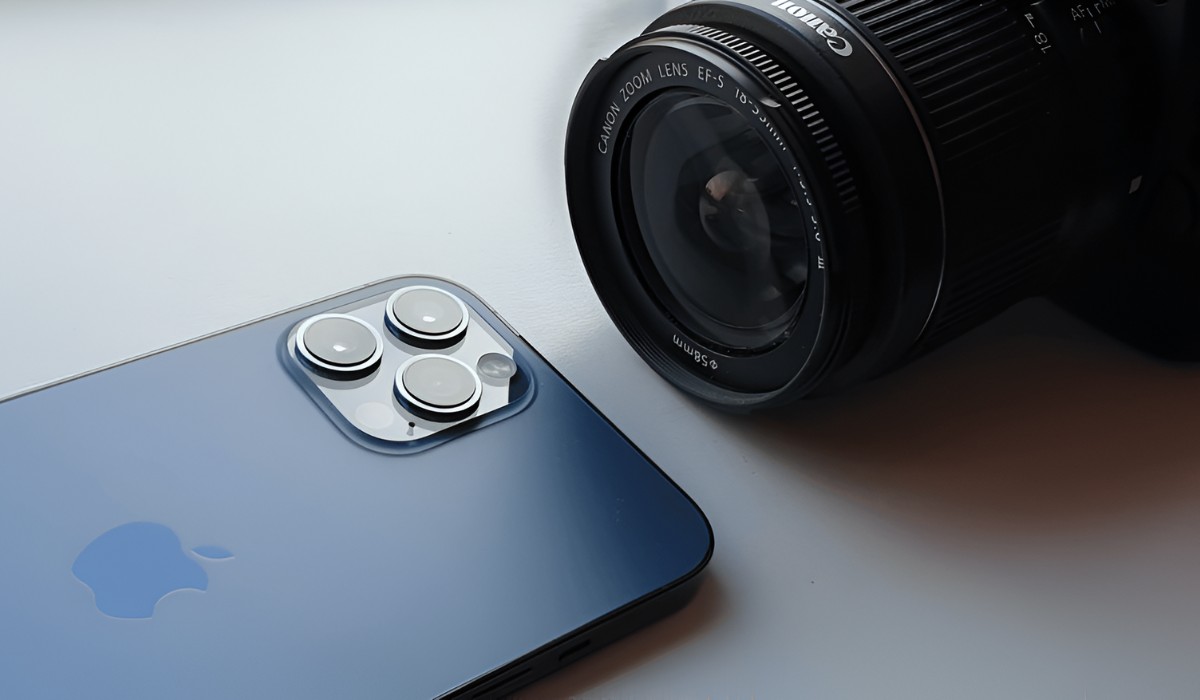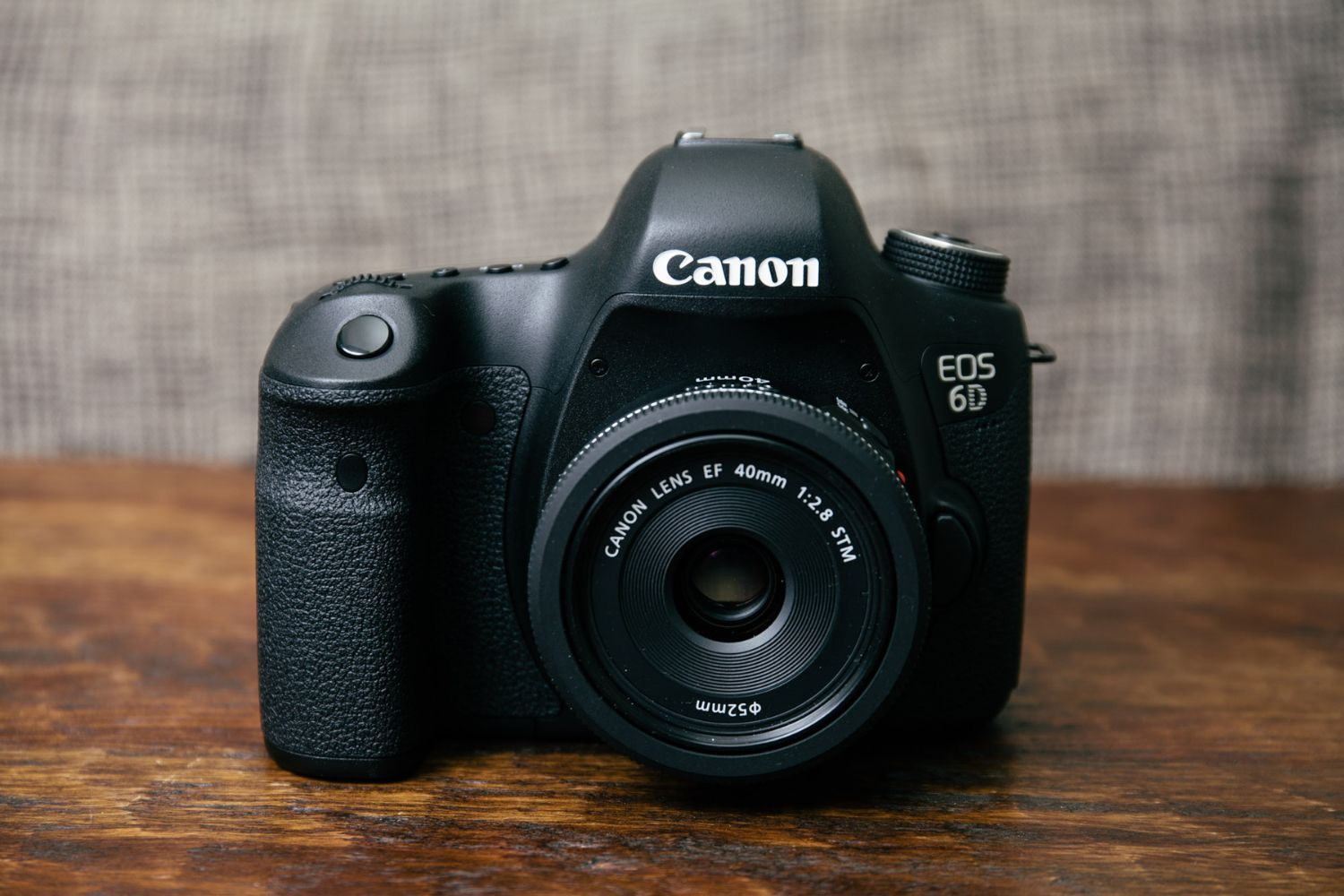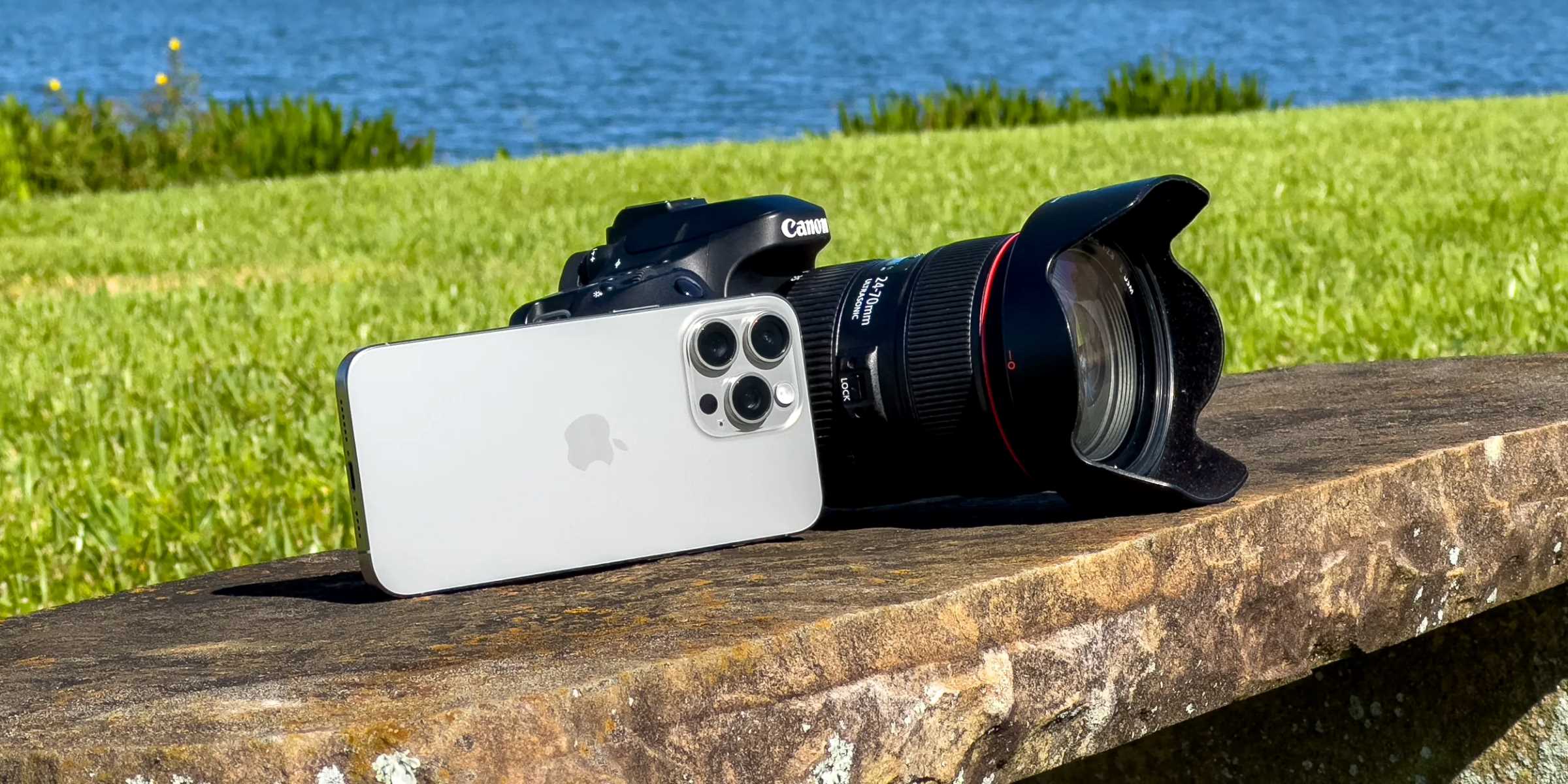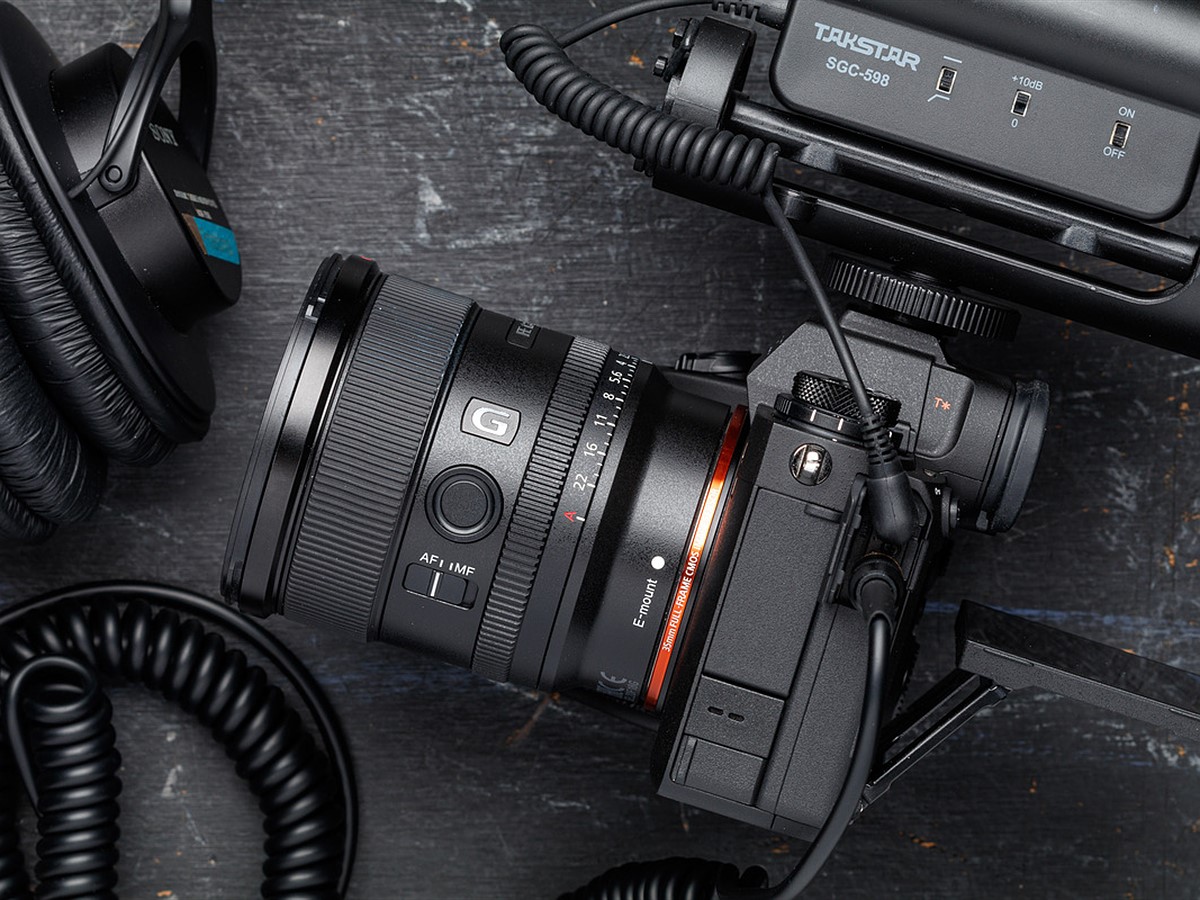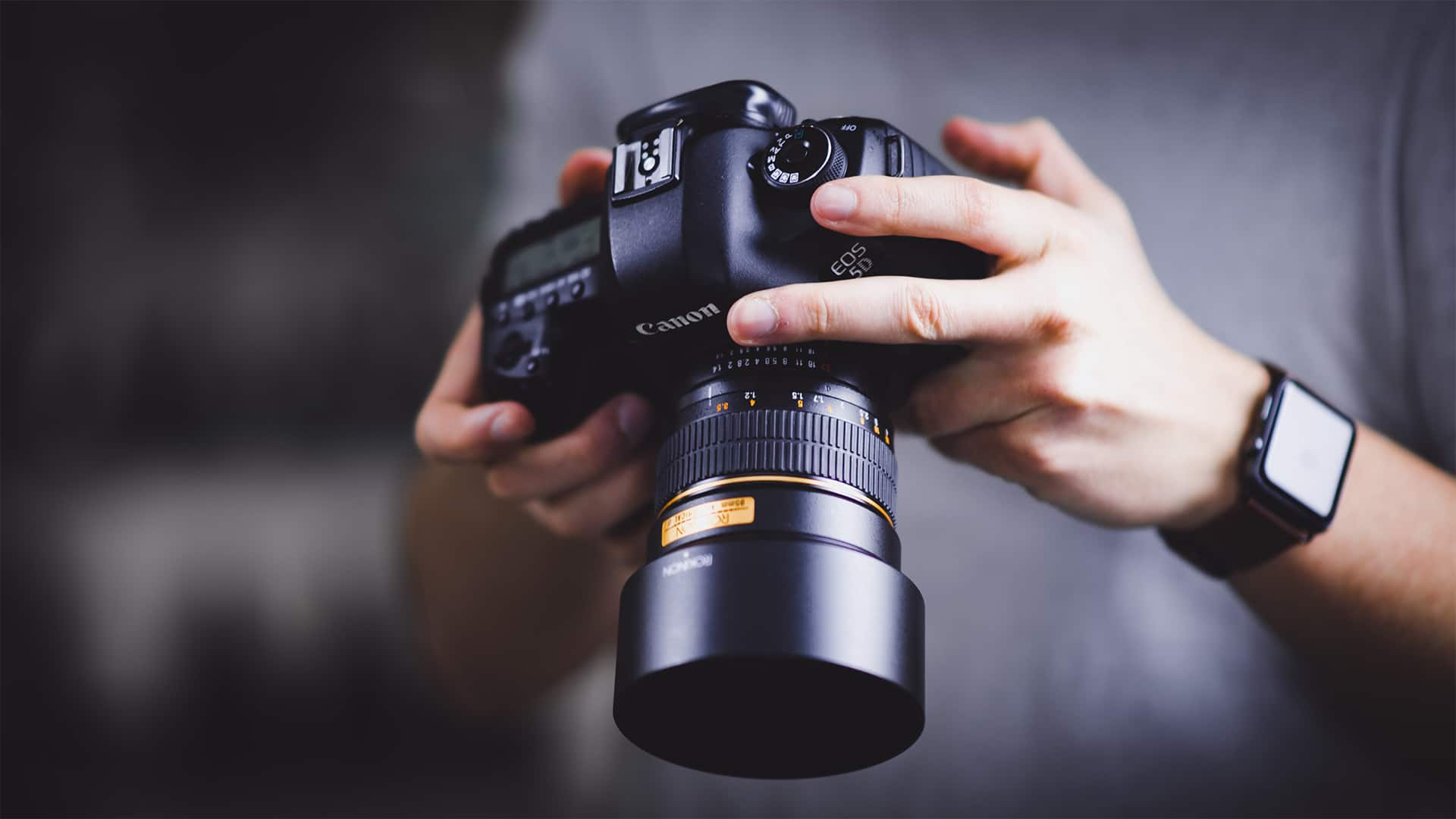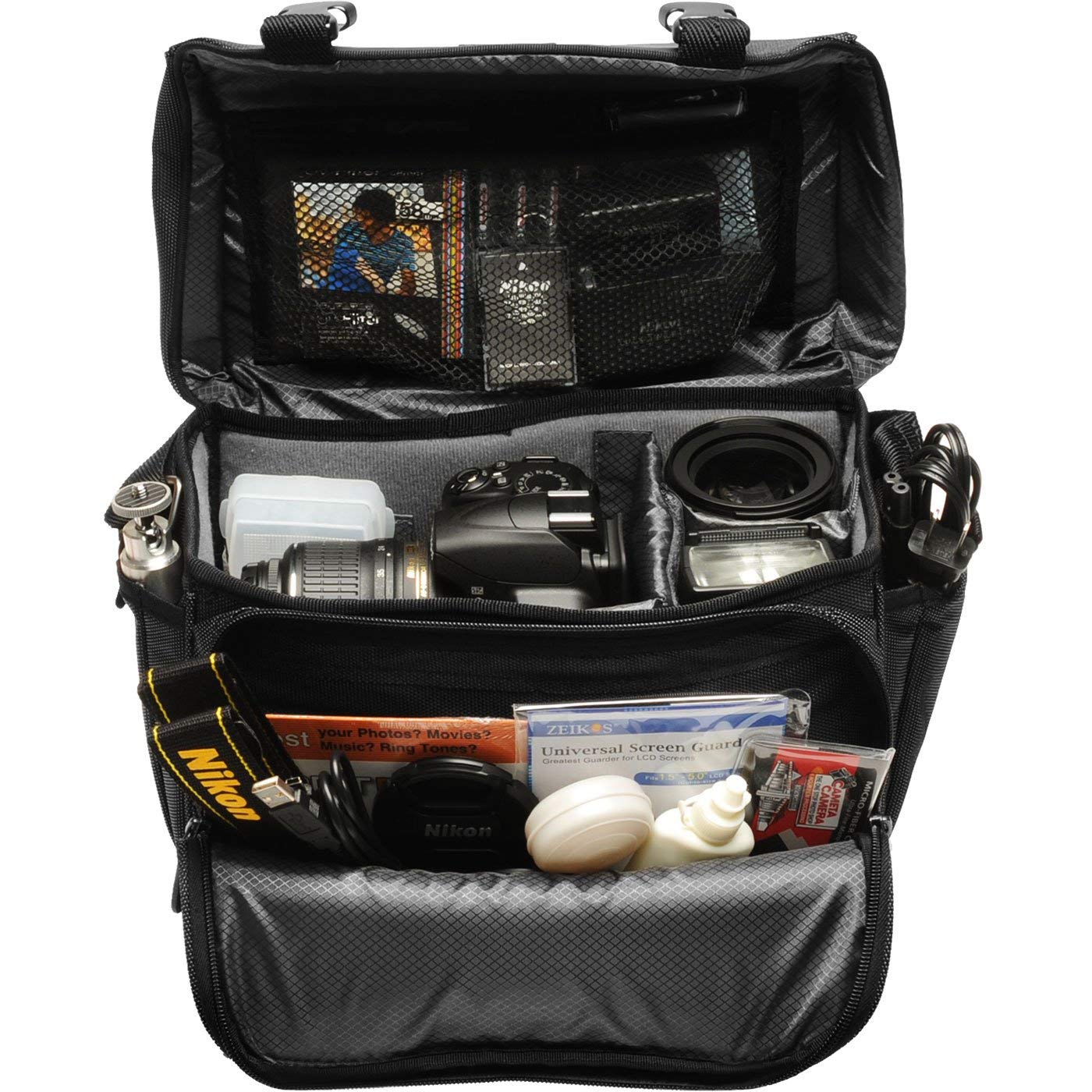Introduction
Owning a DSLR camera opens up a world of creative possibilities, allowing you to capture stunning images with exceptional clarity and detail. Whether you're a professional photographer or an enthusiastic hobbyist, properly storing your DSLR camera is crucial for maintaining its performance and extending its lifespan. In this guide, we'll explore the essential steps for effectively storing your DSLR camera, lenses, batteries, and accessories to ensure they remain in optimal condition for years to come.
Proper storage not only protects your valuable equipment from physical damage but also safeguards it against environmental factors such as moisture, dust, and extreme temperatures. By implementing the right storage practices, you can preserve the functionality and quality of your DSLR camera, enabling you to continue capturing breathtaking moments with confidence.
Let's delve into the key considerations for storing your DSLR camera and its accessories, from choosing the right camera bag to safeguarding your equipment against moisture and dust. Whether you're preparing for a long-term storage or simply looking for daily maintenance tips, this comprehensive guide will equip you with the knowledge to keep your DSLR camera in top condition, ready to seize every photographic opportunity that comes your way.
Choosing the Right Camera Bag
When it comes to storing your DSLR camera, the first step is selecting a suitable camera bag that provides adequate protection and organization for your equipment. With a myriad of options available, ranging from backpacks to shoulder bags, it’s essential to consider your specific needs and shooting style before making a decision.
Factors to Consider:
- Size and Capacity: Ensure the bag is spacious enough to accommodate your camera body, lenses, flash, and other accessories. Consider your future equipment purchases to avoid outgrowing the bag too quickly.
- Protection: Look for a bag with padded compartments and adjustable dividers to safeguard your gear from impacts and scratches. Water-resistant materials can also provide an additional layer of protection against unexpected weather conditions.
- Comfort and Accessibility: Evaluate the bag’s comfort when worn for extended periods, especially if you plan on carrying it during photo shoots or while traveling. Additionally, easy access to your camera and accessories can significantly enhance your shooting experience.
- Style and Versatility: Choose a bag that aligns with your personal style and offers versatility for various shooting scenarios. Whether you prefer a discreet, urban-inspired design or a rugged, adventure-ready look, there’s a bag to complement your aesthetic preferences.
By carefully assessing these factors, you can pinpoint the ideal camera bag that seamlessly integrates into your photographic workflow while providing the necessary protection for your DSLR camera and accessories. Remember that investing in a high-quality camera bag is a long-term commitment to the safety and organization of your valuable gear.
Storing Your Camera and Lenses
Properly storing your DSLR camera and lenses is essential for preserving their functionality and condition. Before stowing your equipment, it’s crucial to follow these best practices to ensure that they remain safe and ready for use.
Camera Body:
When storing your camera body, remove the lens and place the body in a well-padded compartment within your camera bag. If you anticipate not using the camera for an extended period, consider attaching a body cap to protect the sensor and internal components from dust and debris.
Lenses:
Each lens should be carefully cleaned and inspected before storage. Place lens caps on both the front and rear elements to shield them from dust and scratches. Store the lenses in individual compartments within the camera bag, ensuring that they are secure and protected from any potential impact or movement during transport.
Positioning:
Store your camera bag in a position that prevents it from being knocked over or subjected to unnecessary pressure. Placing it on a stable surface or securing it during travel can prevent accidental damage to the equipment inside.
Temperature and Humidity:
Avoid storing your camera and lenses in environments with extreme temperatures or high humidity. Excessive heat or moisture can damage electronic components and foster the growth of mold or mildew, jeopardizing the functionality of your gear.
By adhering to these guidelines, you can safeguard your camera body and lenses from potential harm, ensuring that they remain in optimal condition for your next photographic endeavor. Taking the time to store your equipment properly is a proactive measure to protect your investment and maintain the integrity of your DSLR camera and lenses.
Protecting Your Camera from Moisture and Dust
Moisture and dust pose significant risks to the functionality and longevity of your DSLR camera. Implementing measures to shield your equipment from these elements is crucial for preserving its performance and preventing potential damage.
Use Silica Gel Packs:
Placing silica gel packs in your camera bag can help absorb excess moisture and maintain a dry environment for your equipment. These desiccants are effective in preventing the onset of mold and corrosion, especially when storing your camera in humid conditions.
Lens Filters:
Utilizing lens filters, such as UV or protective filters, provides an additional barrier against dust, moisture, and minor impacts. These filters can be left on the lenses during storage, offering an extra layer of defense without compromising image quality.
Camera Body Protection:
Consider using a camera rain cover or protective sleeve when shooting in inclement weather to shield the camera body from moisture and dust. Additionally, promptly wiping down the camera body with a microfiber cloth after use can help remove any accumulated debris and moisture, preventing potential damage.
Storage Environment:
Choose a storage area that is free from excessive dust and humidity. A dedicated cabinet or shelf in a dry, well-ventilated room can provide an optimal environment for your camera and accessories. Regularly cleaning the storage area can further minimize the presence of dust and potential contaminants.
By proactively addressing the threats of moisture and dust, you can fortify your DSLR camera against environmental hazards, ensuring that it remains in prime condition for your photography pursuits. These protective measures not only preserve the functionality of your equipment but also extend its longevity, allowing you to capture remarkable images with confidence, regardless of the shooting conditions.
Storing Your Camera Battery and Memory Cards
Effectively storing your camera battery and memory cards is essential for maintaining their performance and safeguarding the integrity of your captured images. By following the recommended practices for storage, you can ensure that these vital components remain reliable and ready for use when you embark on your next photographic venture.
Camera Battery Storage:
When not in use, store your camera batteries in a cool, dry place, away from direct sunlight and extreme temperatures. It’s advisable to maintain the batteries at a partial charge rather than fully depleting or fully charging them for long-term storage. Additionally, consider investing in a dedicated battery case or organizer to prevent contact with metal objects, which can lead to short-circuiting and potential safety hazards.
Memory Card Protection:
Memory cards should be stored in a protective case or holder to shield them from physical damage and environmental contaminants. Avoid exposing the cards to static electricity, moisture, and excessive heat, as these factors can compromise their data storage capabilities. Furthermore, periodically backing up the contents of your memory cards to a secure location adds an extra layer of protection against potential data loss.
Regular Maintenance:
Inspect your camera batteries and memory cards periodically for any signs of wear, corrosion, or damage. Cleaning the contact points of the batteries and ensuring that the memory card slots are free from debris can contribute to the longevity and reliability of these components.
By prioritizing the proper storage and maintenance of your camera battery and memory cards, you can mitigate the risk of performance degradation and data loss, empowering you to approach each photography session with confidence and peace of mind. These proactive measures not only preserve the functionality of your equipment but also safeguard the valuable content stored on your memory cards, allowing you to focus on capturing unforgettable moments without concerns about technical setbacks.
Conclusion
Effectively storing your DSLR camera and its accompanying accessories is a fundamental aspect of maintaining the functionality, performance, and longevity of your photographic equipment. By carefully selecting a suitable camera bag that provides adequate protection and organization, you can lay the foundation for safeguarding your gear from physical damage and environmental hazards.
Furthermore, the meticulous storage of your camera body and lenses, coupled with protective measures against moisture and dust, ensures that your equipment remains in optimal condition, ready to capture stunning images at a moment’s notice. Proactively addressing these factors contributes to the preservation of your investment and the seamless operation of your DSLR camera and lenses.
Additionally, prioritizing the proper storage of your camera battery and memory cards is essential for maintaining their reliability and data integrity, empowering you to approach each photography session with confidence and peace of mind.
By integrating these best practices into your routine, you can cultivate a disciplined approach to DSLR camera storage, enhancing the longevity and performance of your equipment while minimizing the risk of technical setbacks and damage. Ultimately, conscientious storage practices serve as a testament to your commitment to the care and maintenance of your valuable photographic gear, allowing you to focus on what truly matters—capturing extraordinary moments through the lens of your DSLR camera.







